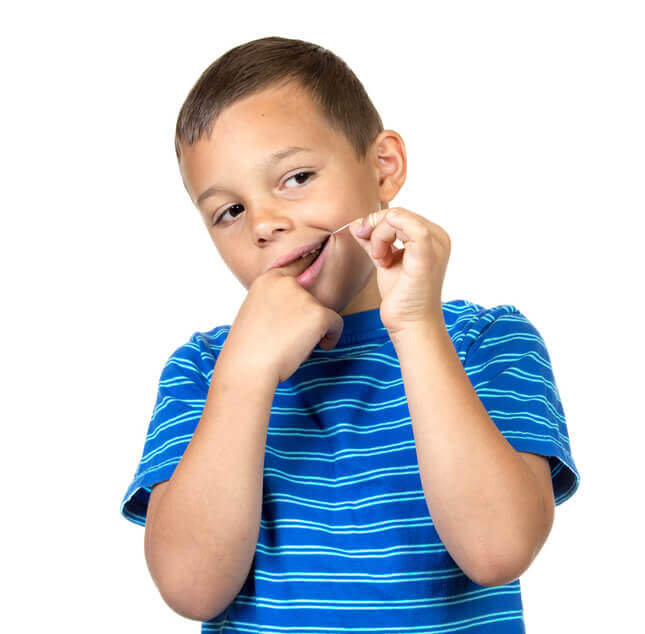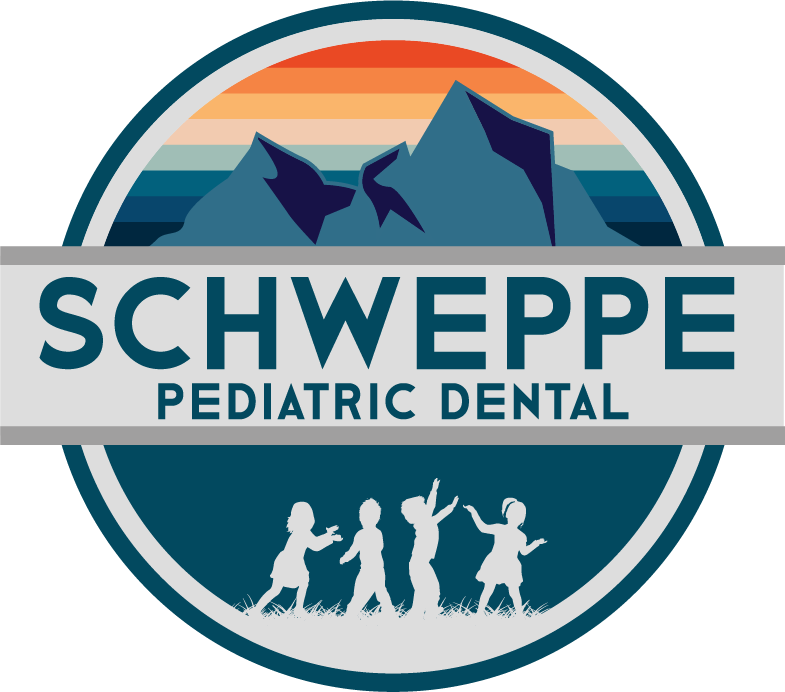How To Floss Properly
Get the lowdown on how to floss your teeth the right way. Most of us know we should floss our teeth, but there are also many gray areas. Like when should you start flossing your child’s teeth? What is the most effective flossing technique? What type of floss should you use? Is flossing daily really necessary?
Most of us know we should floss our teeth, but there are also many gray areas. Like when should you start flossing your child’s teeth? What is the most effective flossing technique? What type of floss should you use? Is flossing daily really necessary?
Today we’ll be sharing our advice to help answer all of these questions!
Why Should I Floss Daily?
Brushing alone cleans the surface of your teeth, but only flossing removes bacteria and plaque build up between your teeth that can lead to cavities, gum disease and tooth decay. In fact, gum disease that’s left untreated can lead to much more serious health problems like diabetes, heart disease, and a high body mass index.
Flossing daily will help keep your smile white, you breath fresh, and improve your dental and overall health.
What Type of Dental Floss Should I Use?
Floss is available waxed or unwaxed. Most people prefer waxed floss because it slides easier between your teeth and doesn’t break or fray as easily as unwaxed floss, but both types are effective. What really matters is your flossing technique, which we’ll get to later!
Floss picks are also an option. They are easier to use because they can be held in your your hand, but they don’t get between your teeth as effectively as regular floss.
Floss threaders, which are small needle-like devices, can be used thread the floss between tight spaces in your teeth or for those who have braces or permanent retainers.
Irrigation devices are also becoming more popular. These are motorized tools that pulse a steady stream of water between the spaces of your teeth to clean out debris. However, these dental irrigators aren’t quite as effective as regular flossing.
What is the Proper Flossing Technique?
- Break off about 12-18 inches of floss.
- Wrap the floss around your pointer or middle fingers, whichever is most comfortable, leaving a couple inches of floss hanging at the ends.
- Gently wrap the floss in a “C” shape around the base of each tooth and below your gum line, moving softly in an up and down motion. Don’t force the floss, as this can damage your gums and cause bleeding.
- As you move from tooth to tooth, use a clean section of floss.
Should I Floss My Child’s Teeth?
Absolutely! It’s important to begin teaching your children proper dental hygiene at an early age. Begin flossing daily when their baby teeth have grown in and sit closely together. This is typically between the ages of 2 and 6 years old. Through your example and teaching, they should be flossing on their own by the age of 10.
Dr. Schweppe Pediatric Dentistry in Northern Utah is here to help promote the oral health of your child. Feel free to reach out to us with any questions you have or browse our variety of pediatric dental services. Happy flossing!
